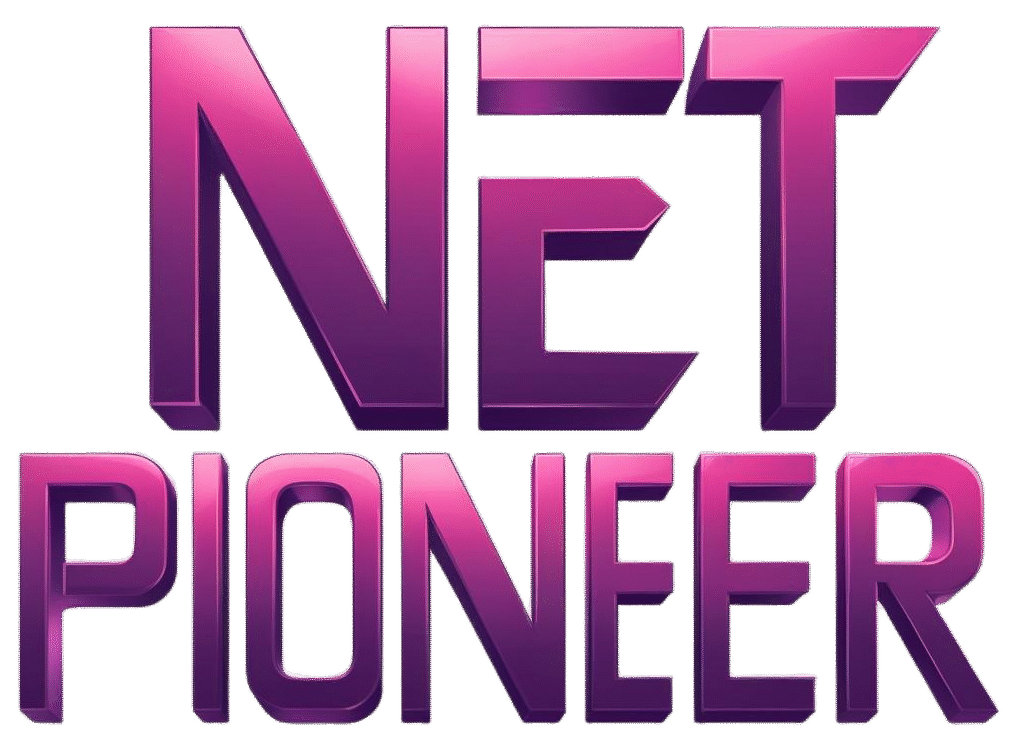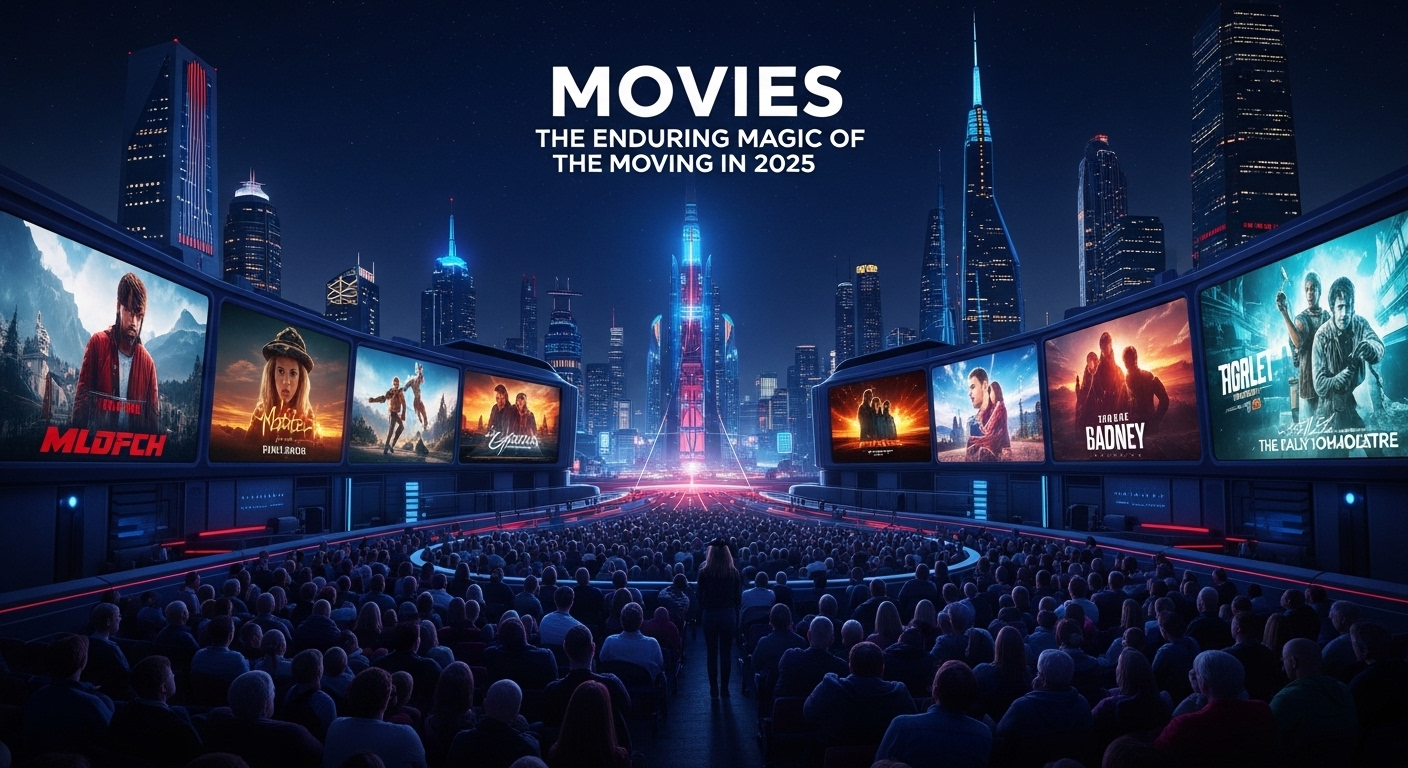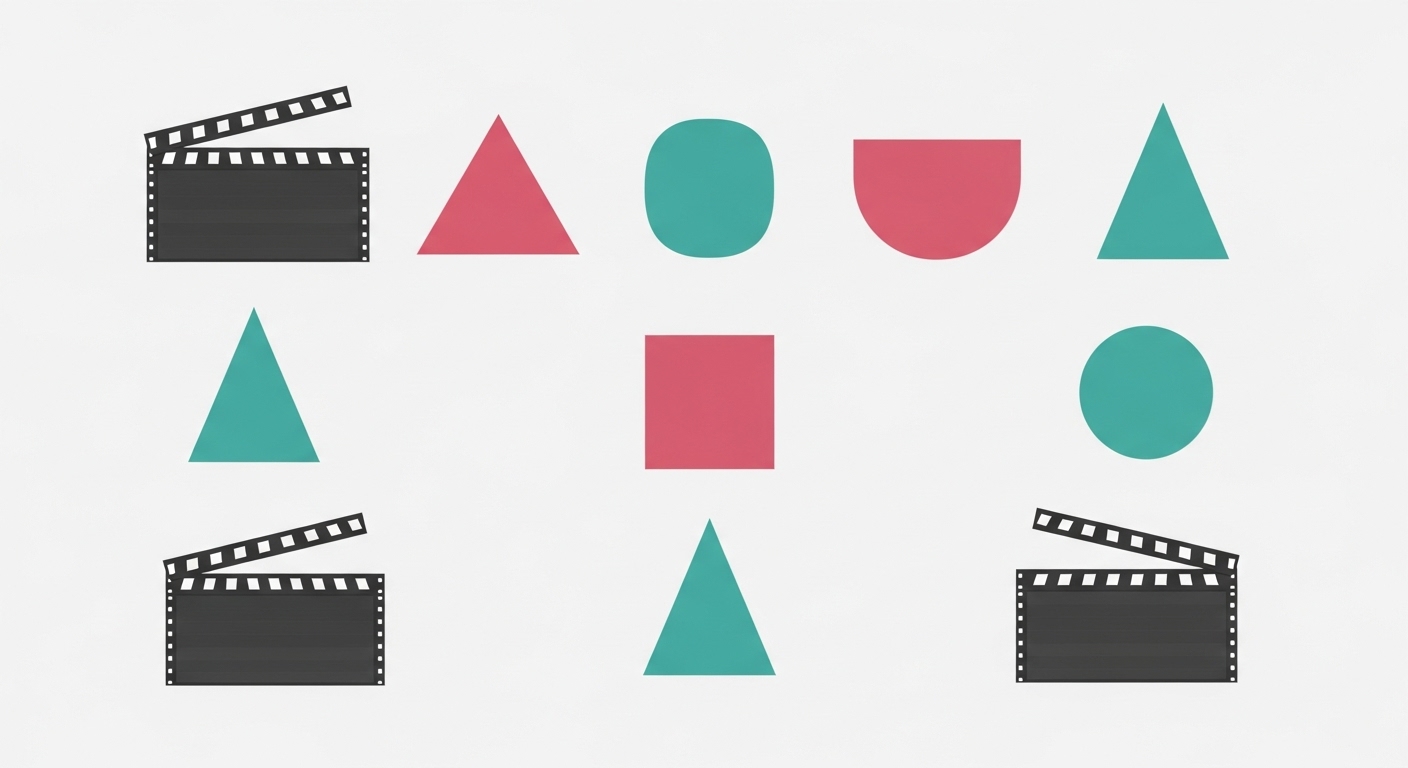From the flickering shadows of early projectors to the breathtaking clarity of 8K screens, “movies” have captivated audiences for well over a century. More than just a form of entertainment, cinema is a powerful medium for storytelling, a mirror reflecting society, and a universal language that transcends cultural barriers. As of mid-2025, the experience of settling into a darkened hall, or the comfort of one’s home, to be transported by a story unfolding on screen remains an irresistible allure.
The Art of Storytelling: A Diverse Canvas
At its heart, a movie is a sequence of images (and sound) that creates the illusion of movement, designed to tell a story or convey an experience. The world of cinema is incredibly diverse, encompassing a vast array of genres that often blend to create rich, complex cinematic experiences:
- Action: High-octane thrillers with chases, fights, and explosions (e.g., the upcoming Afterburn and Nobody 2).
- Adventure: Epic journeys to exotic locales (e.g., Avatar series).
- Comedy: Designed to evoke laughter, from slapstick to witty satire (e.g., Happy Gilmore 2).
- Drama: Explores complex human emotions and relationships, often with high stakes (e.g., Oppenheimer).
- Fantasy: Immersive worlds of magic and mythical creatures (e.g., The Fantastic Four: First Steps).
- Horror: Crafted to frighten and thrill audiences with suspense and terror (e.g., The Home).
- Musicals: Stories told through song and dance (e.g., Wicked).
- Mystery/Thriller: Focus on suspense, intrigue, and unraveling secrets.
- Science Fiction: Explores speculative concepts, often set in the future or alternate realities (e.g., Mickey 17, Tron: Ares).
- Animation: Bringing drawings, CGI, or stop-motion to life (e.g., Inside Out 2, The Bad Guys 2).
- Documentary: Non-fiction films presenting real events and information.
A Century of Silver Screens: The Evolution of Cinema
The journey of movies began in the late 19th century with pioneers like the Lumière brothers, who projected short films to paying audiences. The early 20th century saw the rise of silent films, where expressive acting and live musical accompaniment were key. The advent of “talkies” in the late 1920s revolutionized the industry, leading to Hollywood’s “Golden Age” with its studio system and iconic stars.
Post-World War II, cinema faced challenges from television but adapted by introducing widescreen formats, color, and eventually, the blockbusters of the 1970s and 80s that reshaped the theatrical experience. The late 20th century saw the rise of independent cinema, diversifying storytelling.
The Digital Revolution and the Future of Movies in 2025
Technology continues to profoundly reshape every aspect of filmmaking and consumption:
- Digital Filmmaking: The complete transition from film stock to digital cameras offers unprecedented resolution (4K, 8K), flexibility, and affordability, democratizing filmmaking for independent creators.
- Virtual Production: Powered by LED walls and real-time rendering technology (often using video game engines like Unreal Engine), virtual production is transforming how sets are built and scenes are shot. This reduces travel and location costs, speeds up production, and offers greater creative control.
- Advanced Visual Effects (VFX): Computer-Generated Imagery (CGI) is increasingly sophisticated, creating fantastical worlds, realistic creatures, and spectacular action sequences. AI is becoming integral to pre-production for storyboarding, concept design, and even automating certain VFX processes, allowing filmmakers to achieve cinematic quality results at a fraction of the cost.
- Streaming Services Dominate Consumption: Platforms like Netflix, Amazon Prime Video, and Disney+ have fundamentally altered content distribution, offering on-demand viewing and heavily investing in original content. This has led to hybrid release models, with some films simultaneously launching in cinemas and on streaming, or staggered releases to maximize audience reach. The convenience and affordability of streaming continue to impact traditional theater attendance.
- Immersive Viewing Experiences: The future of cinema is leaning towards more immersive experiences. While still emerging, Virtual Reality (VR) and Augmented Reality (AR) are poised to offer audiences the chance to step into narratives, blurring the line between viewer and participant. High-frame-rate and ultra-HD visuals contribute to hyper-realistic viewing. Specialized theaters with cutting-edge sound and projection (like IMAX, Dolby Cinema) continue to offer premium viewing experiences, attempting to draw audiences back from home entertainment.
- AI Integration Across the Workflow: AI is making its mark across various stages of production. From generating script ideas or refining drafts, to enhancing visual effects with automated rendering (e.g., RunwayML), streamlining editing workflows (e.g., Descript), creating hyper-realistic AI-generated voices (e.g., ElevenLabs), and even suggesting changes to optimize audience engagement (e.g., ScriptBook), AI is a powerful assistant. Deepfake technology is being used for de-aging actors and creating digital doubles. However, the demand for human creativity and authenticity remains crucial to audience trust.
- Global Collaboration and Diverse Storytelling: Streaming platforms have fueled a demand for content that appeals to global audiences, driving cross-border collaborations and co-productions between studios from different countries. This leads to a blending of storytelling styles and cultural influences, and an increased focus on diverse and inclusive narratives that explore unique cultural perspectives and experiences.
- Shorter Run Times, Bigger Impact: Influenced by short-form content on platforms like TikTok, even traditional film projects are experimenting with shorter, more impactful formats.
- Revitalization of Practical Effects: Despite AI and CGI advancements, practical effects are making a comeback as filmmakers seek to create more tactile and authentic experiences, blending them seamlessly with digital enhancements.
Anticipated Releases in 2025-2026: A Glimpse Ahead
The cinematic calendar for 2025-2026 is packed with highly anticipated films across various genres, reflecting current industry trends:
- Major Franchises: Captain America: Brave New World, Thunderbolts*, The Mandalorian and Grogu, Jurassic World Rebirth, Mission: Impossible – The Final Reckoning, The Bad Guys 2, Paddington in Peru, Moana (live-action), How to Train Your Dragon (live-action), and Avengers: Doomsday (2026).
- Originals & Diverse Stories: Mickey 17 (Bong Joon Ho’s sci-fi), Death of a Unicorn, Black Bag (Steven Soderbergh thriller), Warfare, Sinners (Ryan Coogler horror), The Electric State (Netflix).
- Sequels & Remakes: Happy Gilmore 2, Mortal Kombat II, Nobody 2, The Naked Gun (remake).
While the rise of streaming services has presented challenges to traditional cinema attendance globally, the communal magic of watching a film on a large screen with a shared audience remains a powerful draw. The film industry is adapting by focusing on premium, eventized theatrical releases and continually enhancing the cinema experience itself. Movies continue to be a vital part of our cultural fabric, endlessly innovating in their storytelling and technological delivery, and shaping our understanding of the world.


